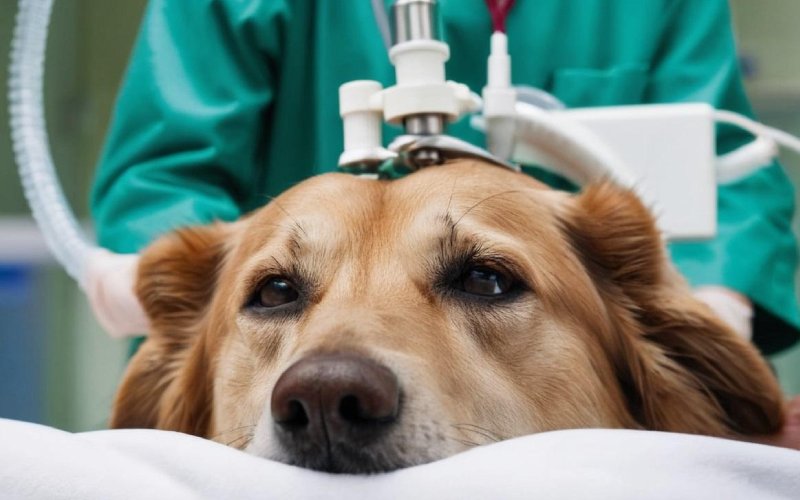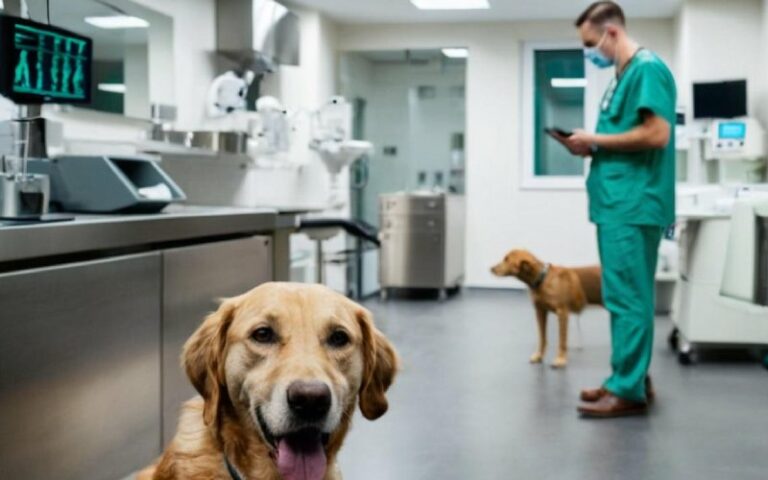Understanding and Preventing the Mysterious Respiratory Disease in Dogs
Dogs are beloved companions, bringing joy and happiness to our lives. However, a mysterious respiratory illness has been plaguing dogs across the United States, causing concern among pet owners and veterinarians alike. This illness, characterized by persistent coughing, runny eyes, and sneezing, has left many puzzled and searching for answers. In this comprehensive guide, we will delve into the details of this mysterious disease, its potential causes, and most importantly, how to prevent it. We aim to provide dog owners with the knowledge and tools they need to keep their furry friends safe and healthy.
Understanding the Mysterious Respiratory Disease
The mysterious respiratory disease that has been affecting dogs is a cause for concern among veterinarians. The symptoms include persistent coughing, runny eyes, sneezing, and lethargy. While the illness may resemble other respiratory infections such as kennel cough, it is often more severe and can last for weeks. In some cases, it can even lead to pneumonia, which can be potentially fatal for dogs.
The Search for Answers: Identifying the Pathogen
Researchers and veterinarians have been working tirelessly to identify the cause of this mysterious respiratory illness. Initial investigations have ruled out known viral, bacterial, and fungal pathogens, leaving experts puzzled. However, there has been a breakthrough in the research conducted by the University of New Hampshire’s Veterinary Diagnosis Laboratory and the Hubbard Center for Genome Studies. Through genetic sequencing, they have discovered a previously unknown bacterium that may be responsible for the illness. This unique pathogen, smaller in size compared to typical bacteria, has proven to be elusive and challenging to identify. It is still being investigated, and its role in the disease is yet to be definitively established.
Understanding the Role of Bacteria and Viruses
The precise nature of the mysterious respiratory disease is still being unraveled. While researchers have identified a potential bacterium, it is important to note that viral infections can also contribute to respiratory illnesses in dogs. In fact, canine parainfluenza virus and canine respiratory coronavirus are known to be common causes of canine infectious respiratory disease complex (CIRDC). Therefore, it is essential to consider both bacterial and viral pathogens when diagnosing and treating respiratory illnesses in dogs. It is yet to be determined whether viruses contribute to the current outbreak.
Diagnosing and Treating the Mysterious Respiratory Disease
Due to the complexity of the mysterious respiratory disease, diagnosing and treating affected dogs can be challenging. Veterinarians rely on a combination of clinical signs, diagnostic tests, and the exclusion of other potential causes to make a definitive diagnosis. Unfortunately, there is currently no specific treatment for the illness itself. However, if secondary bacterial pneumonia develops, antibiotics may be necessary to address the bacterial infection. Doxycycline is often recommended as a first-line treatment option due to its effectiveness against common bacterial pathogens. However, antibiotic susceptibility testing should be performed to determine the most appropriate treatment.
Prevention is Key: Protecting Your Dog from the Mysterious Respiratory Disease
When it comes to the mysterious respiratory disease in dogs, proactive measures can go a long way in keeping your furry friend safe. Here are some essential steps you can take to minimize the risk of your dog contracting the illness:
- Vaccination: Ensure that your dog is up to date on all recommended vaccinations, including those for canine influenza, Bordetella, and parainfluenza. Vaccinations play a crucial role in protecting dogs from respiratory illnesses.
- Limit Exposure to Unknown Dogs: Reduce your dog’s contact with crowds of unknown dogs, particularly in high-risk areas such as boarding facilities, doggy daycares, and dog parks. The more contacts your dog has, the greater the risk of encountering an infectious dog.
- Avoid Sick Dogs: If you notice a dog showing signs of respiratory illness, such as coughing, runny nose, or runny eyes, keep your dog away from them. It can be challenging to determine if a dog is sick, but erring on the side of caution is always advisable.
- Practice Good Hygiene: Just as with human respiratory diseases, practicing good hygiene can help prevent the spread of the mysterious respiratory disease. Wash your hands thoroughly after handling other dogs and avoid sharing food and water bowls with multiple dogs.
- Regular Veterinary Check-ups: Schedule regular check-ups with your veterinarian to monitor your dog’s overall health and detect any early signs of illness. Regular examinations allow for early intervention and treatment, if necessary.
- Open Communication with Facilities: If you send your dog to a boarding facility, groomer, or daycare, have open communication with the staff. Inquire about any recent respiratory illness cases and their preventive measures. Choosing facilities with strict hygiene protocols can reduce the risk of exposure to infectious diseases.
- Environmental Control: Good ventilation and proper environmental control can go a long way in reducing the risk of airborne transmission.
The Importance of Early Intervention
If you suspect your dog may have contracted the mysterious respiratory disease, it is essential to seek veterinary care promptly. Early intervention can help prevent complications and improve the chances of a full recovery. Remember, timely veterinary attention is crucial in ensuring your dog’s well-being.
Spreading Awareness: Reporting Cases and Collaboration
The mysterious respiratory disease has spread across multiple states, affecting dogs from coast to coast. To better understand the scale and impact of this illness, it is vital to report suspected cases to local animal health authorities and veterinary professionals. Collaboration between pet owners, veterinarians, and research institutions is key to unraveling the mystery and developing effective prevention and treatment strategies.
Conclusion: Protecting Our Canine Companions
The mysterious respiratory disease plaguing dogs is a cause for concern, but with knowledge and proactive measures, we can help protect our beloved pets. By staying informed, practicing preventive measures, and seeking veterinary care when needed, we can minimize the risk of our dogs contracting this illness. Let us stand together as responsible pet owners, ensuring the health and well-being of our furry companions.
Remember, your veterinarian is your best resource for personalized advice and guidance. Stay vigilant, be proactive, and keep your dog safe from the mysterious respiratory disease. Together, we can make a difference in the lives of our canine friends.
Have any questions about this illness or our safety protocols? Give us a call!
904-580-6559
[email protected]
jaxdogtrainers.com




